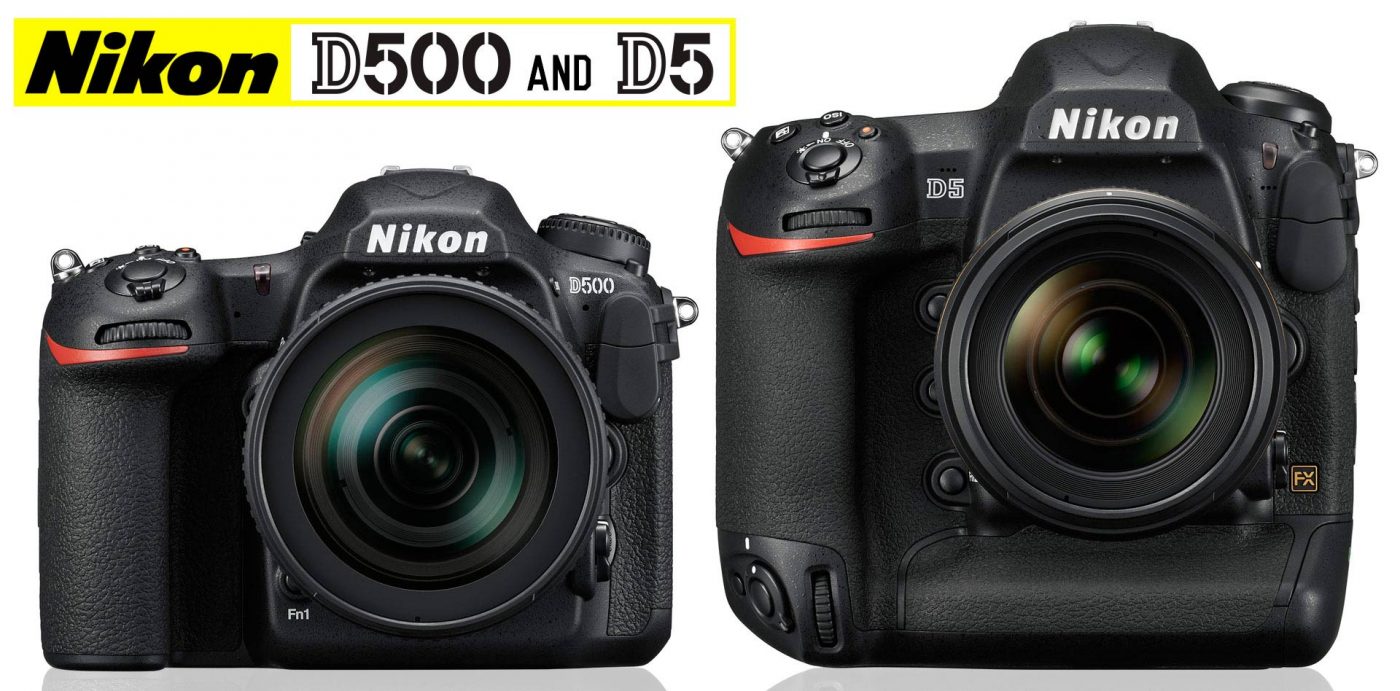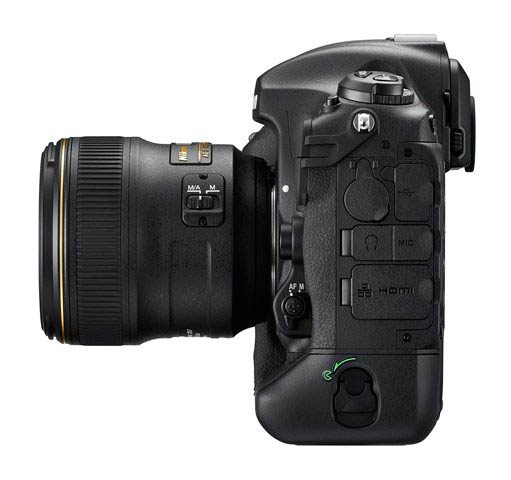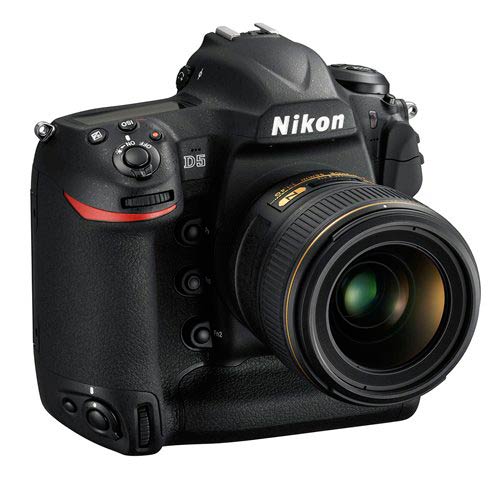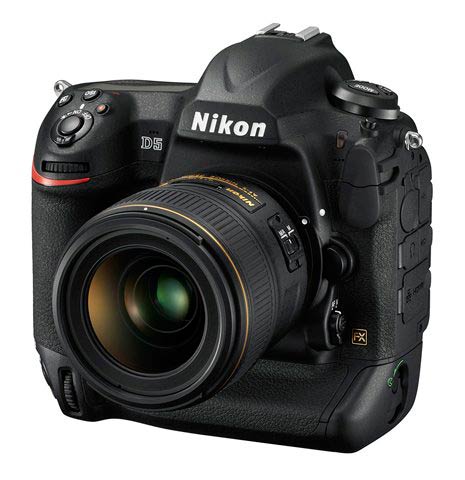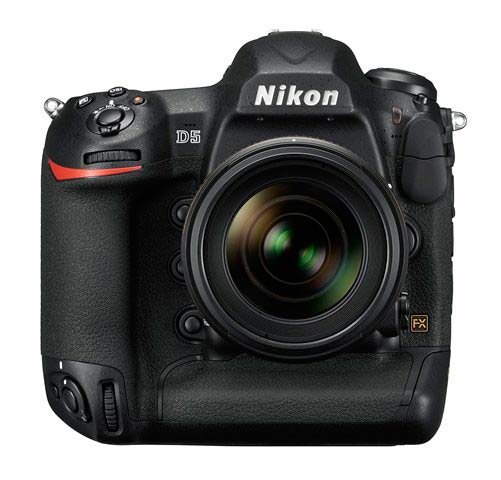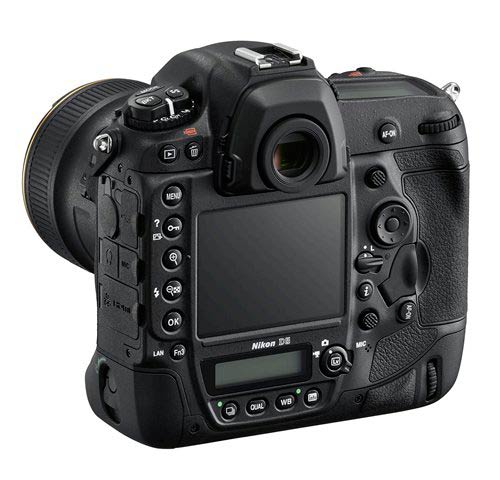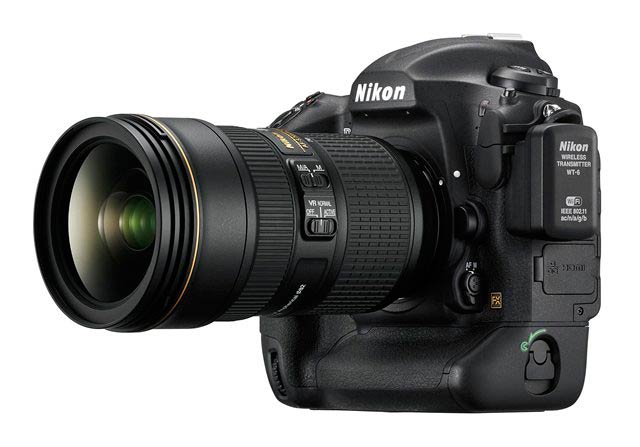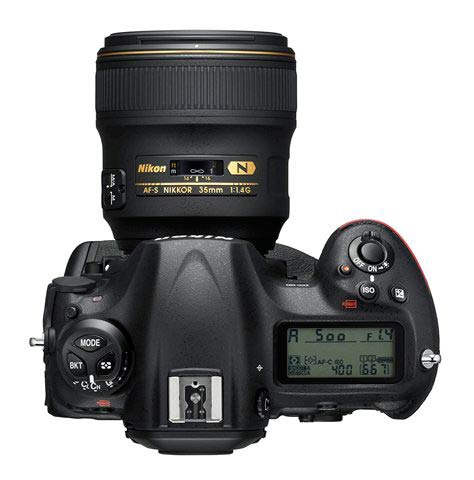This morning, Nikon officially announced two impressive new SLRs: the top-of-the-line Nikon D5 and the APS-C counterpart, the Nikon D500.
Interestingly, both cameras make use of a sensor falling just short of 21 megapixels: 20.9 in the D500, and 20.8 in the D5. The 20.9 megapixel sensor is a 13% reduction in resolution from the 24 megapixels of the popular D7200 and D5500, and there’s no mention of the AA filter, so we can assume that it has one. And while the resolution of the D5 is a step up from the 16.2 megapixels of the D4, it’s certainly nothing like the D810’s 36 megapixels, or even the D610’s 24.
Why did Nikon opt to retreat from the front lines of the megapixel war? To flank on the low-light performance front instead.
Action Cameras
The D5 has an expanded ISO range of 50-3,280,000, though the top native ISO is only 102400. Just as importantly, the new 153-point autofocus module (called the Multi-CAM 20K), which is found in both cameras, can focus in light levels as low as -4 EVs, when even the human eye has difficulty making out details. The D500 has a top native ISO of 51200, only one stop lower than the D5, despite the fact that its sensor is so much smaller. This makes the cameras ideal for sports and action photography where natural light is low, but fast shutter speeds are required.
It’s not just a matter of , though. Nikon claims that their new sensors capture a wider range of colors with their widest dynamic range yet. DXO Mark will undoubtedly tell us how great they are before too long, but whether these differences are appreciable in practical applications remains to be seen.
Back to speed, though. The Nikon D5 can shoot up to 200 consecutive RAW files at 12 frames per second (or 14 with the mirror locked up). Similarly, the D500 can shoot 200 RAW images at 10 frames per second before the buffer fills up (if you’re using the right memory cards).
Speaking of memory cards, the D500 has two slots: an SDXC and an even faster XQD slot. The D5, on the other hand, can be purchased with either 2 compact flash slots or two XQD slots.
And, if there was any doubt that this would be a selling point in 2016, both cameras shoot 4K video.
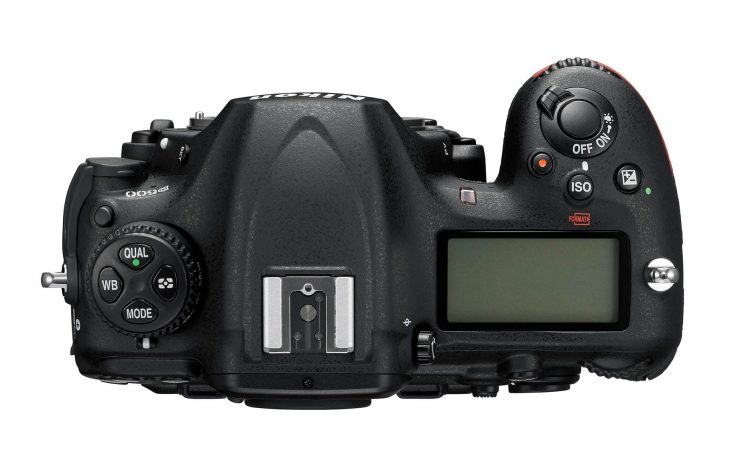
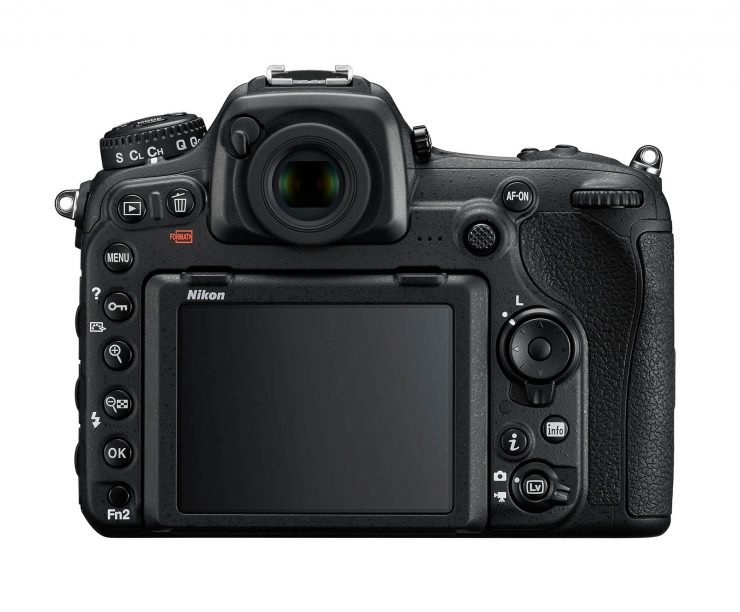
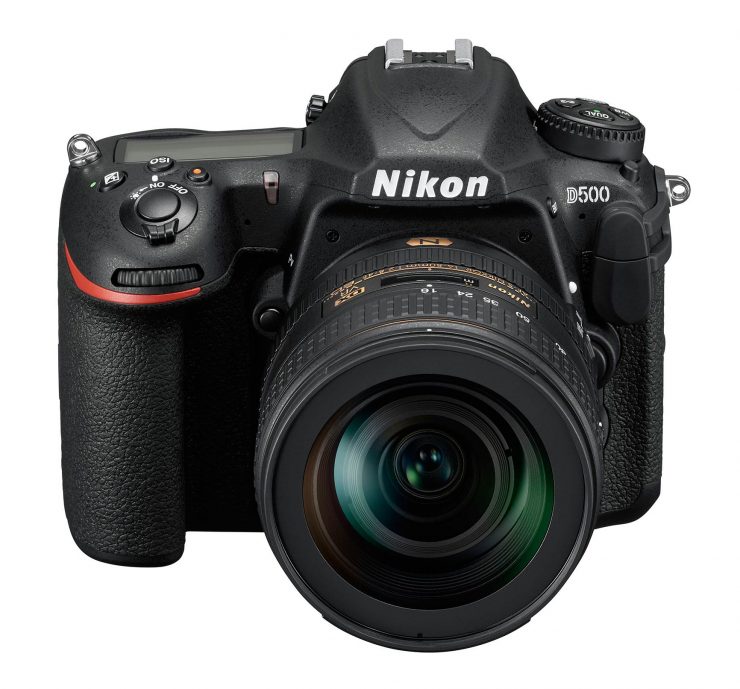
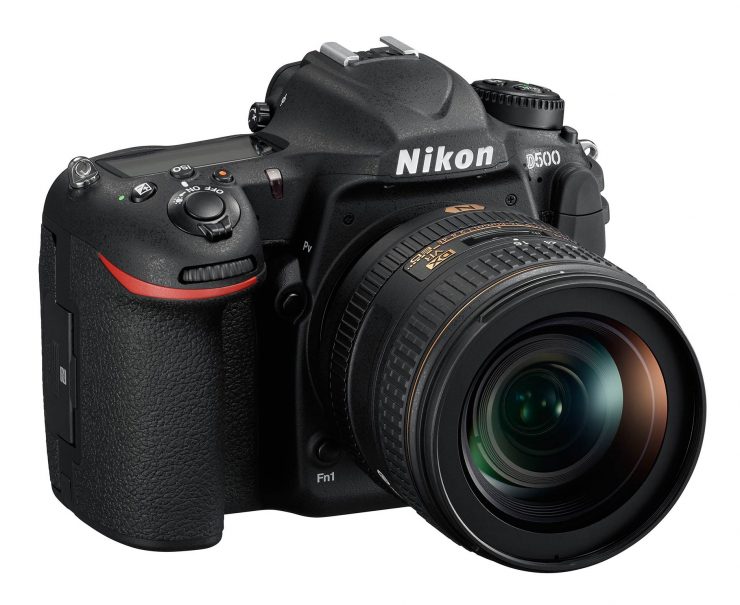
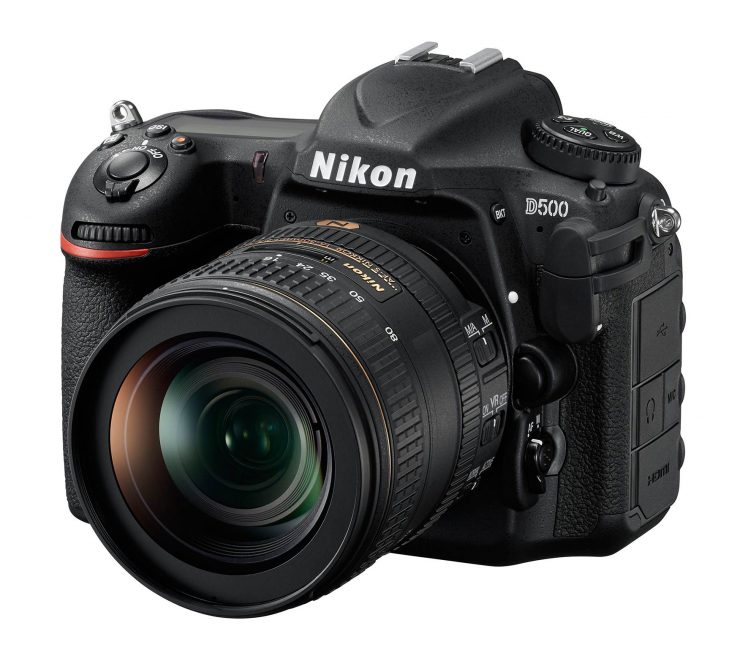
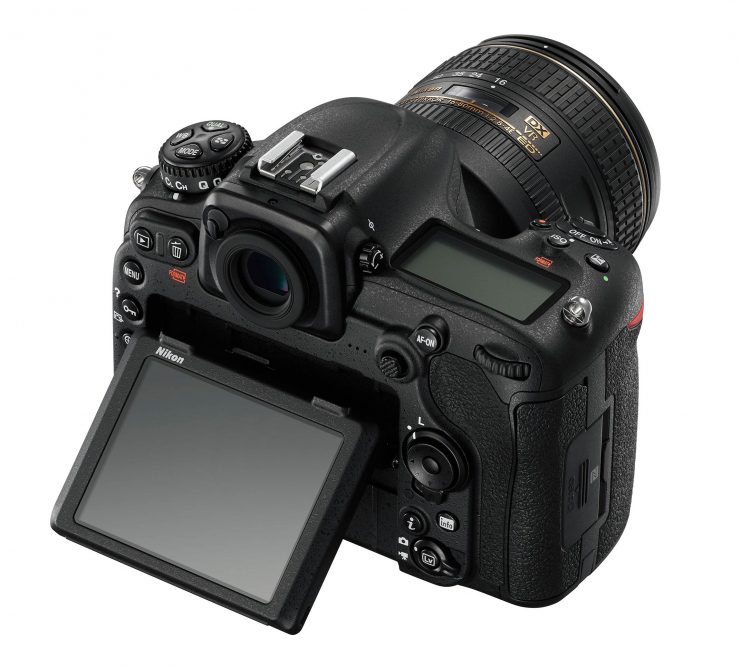
Prices and Availability
There are lots of other details to discuss, but those will come in comprehensive reviews in the future, when the cameras are available in March. The Nikon D5 will cost $6500, while the D500 body will cost $2000, or $3070 with the outrageously priced Nikkor 16-80mm f/3.5-5.6 G ED VR lens. (CORRECTION: The kit lens is a 16-80mm f/2.8-4, contrary to information provided by the Nikon press release. That makes the price not quite so outrageous.)

